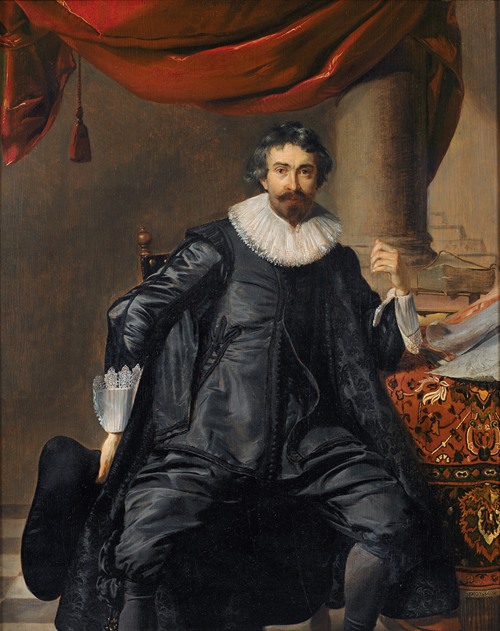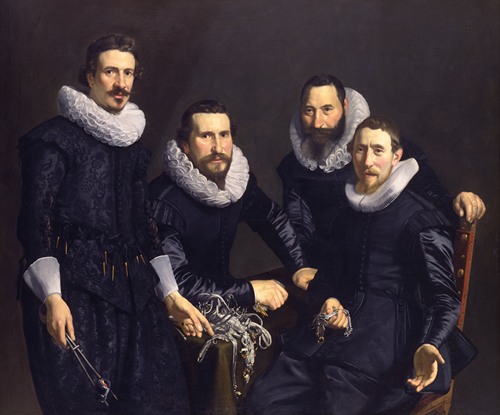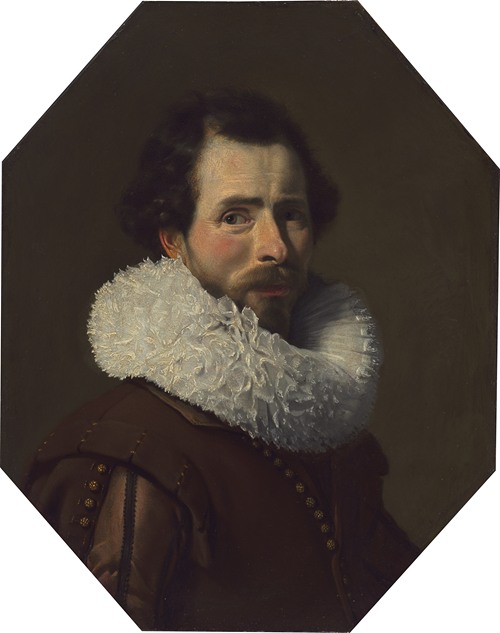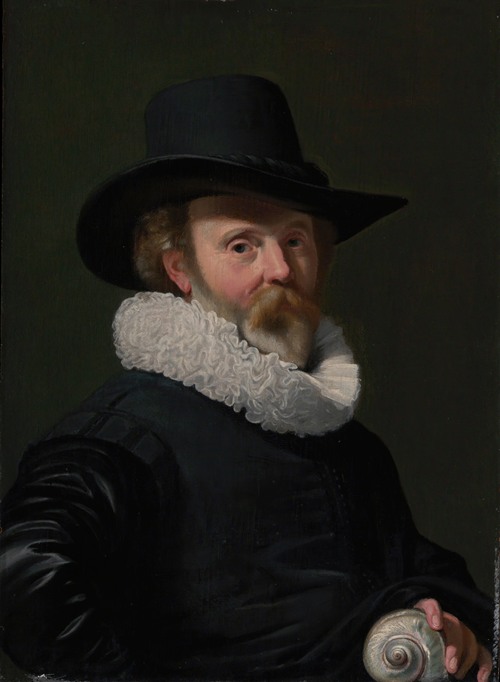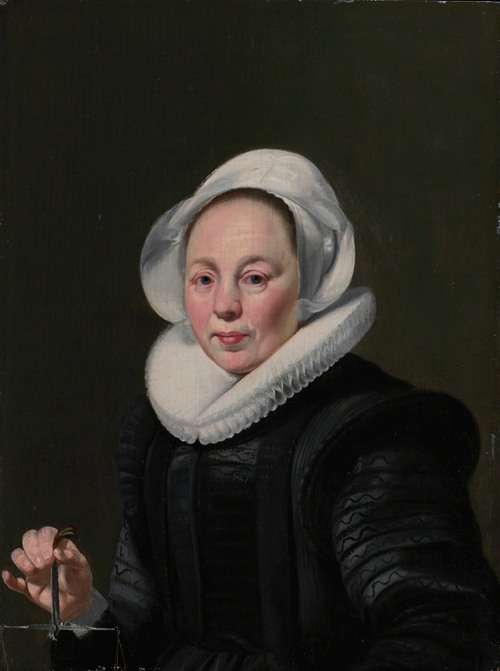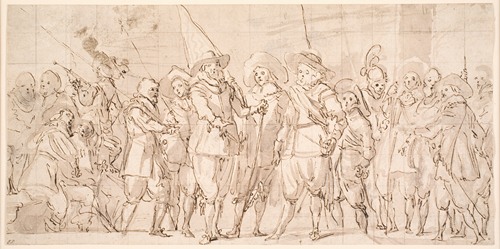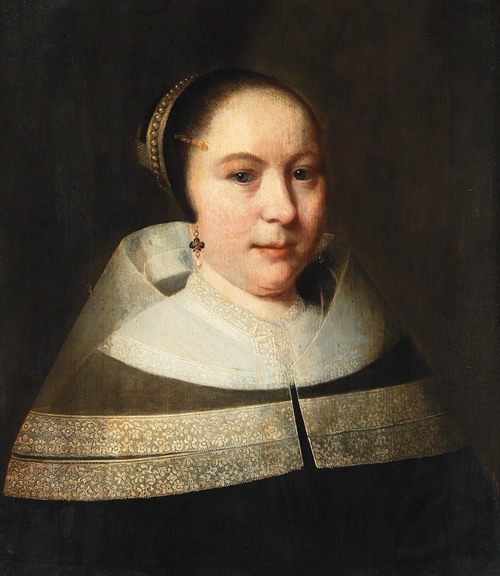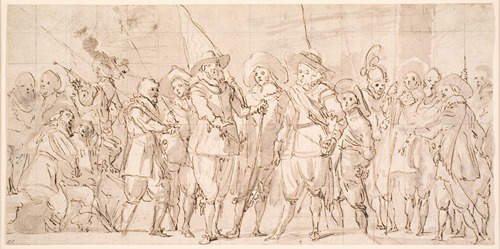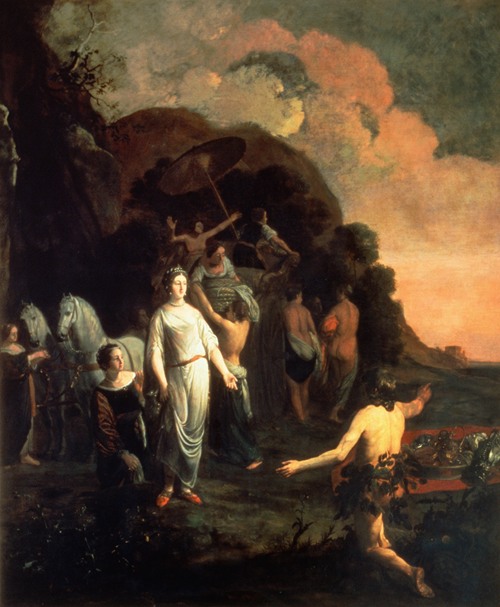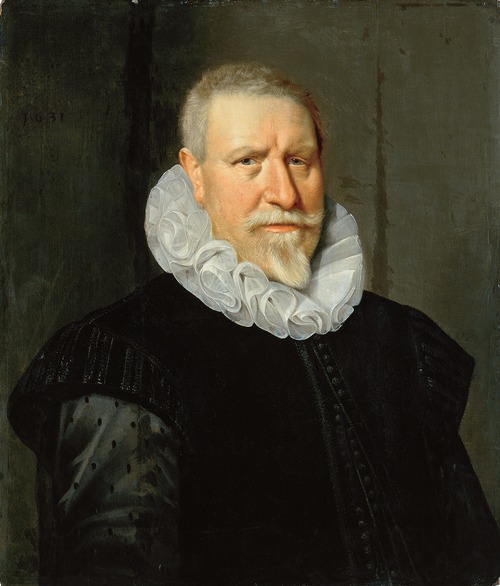
Thomas de Keyser was a Dutch portrait painter, a dealer in Belgium bluestone and stone mason. He was the most in-demand portrait painter in the Netherlands until the 1630s, when Rembrandt eclipsed him in popularity. Rembrandt was influenced by his work, and many of de Keyser's paintings were later falsely attributed to Rembrandt.
Thomas de Keyser was a son of the architect and sculptor Hendrik de Keyser and the brother of Pieter and Willem de Keyser. He and his brothers were raised in a house on the Amsterdam canal Groenburgwal. In 1616 he and Pieter became apprentices of their father; in 1619 he presented his first painting, an Anatomic Lesson, but this attribution was rejected; nowadays Pickenoy is mentioned as creator. It is possible Thomas was influenced by Cornelis Ketel, for years friendly to his father. In 1622 Thomas and Pieter became members of the Guild of St. Luke.
According to the Netherlands Institute for Art History, he was a pupil of Cornelis van der Voort, the head of the guild, who died in 1624. Van der Voort lived in what is now the Rembrandthuis. The painters Nicolaes Eliaszoon Pickenoy, who lived next door, and Werner van den Valckert have been accredited by different authorities with having developed his talent, and sometimes his works have been confused with these painters, who painted portraits in similar styles. The works of Pieter Lastman and Joachim von Sandrart he knew very well.
In 1622 Thomas and his brother Pieter became member of the Guild. In 1626 the painter lived in Jodenbreestraat when he married Machtelt Andries, the daughter of a goldsmith in Warmoesstraat. As an heir of his uncle Aert the property was sold to the Sefardic community and changed into a house synagogue. Thomas de Keyser faced strong competition from Rembrandt, as a portrait painter and received very few commissions. In 1640 he remarried and lived at Lindengracht in the Jordaan. The couple had five children, baptized as Remonstrants.
He owned a Petit Granit business from 1624 until 1654, which he sold to Pieter. Willem, his younger brother, cooperated with the architect Jacob van Campen on sketches for the town hall, but left for England after being accused of fraud and went broke. Thomas occasionally returned to painting: in 1652 a Nausicaa meeting Odyssey on the beach, intended for "Desolate Boedelkamer" in the town hall. The landscape painter Jacob Isaakszoon van Ruisdael painted a landscape as a background to one of his group portraits, mayor Cornelis de Graeff and Andries de Graeff in front of their estate near Soestdijk. From 1662, at the age of 65, until his death he succeeded Daniel Stalpaert as chief supervisor of the construction, now the Paleis op de Dam. He was buried in the Zuiderkerk, like his father.
